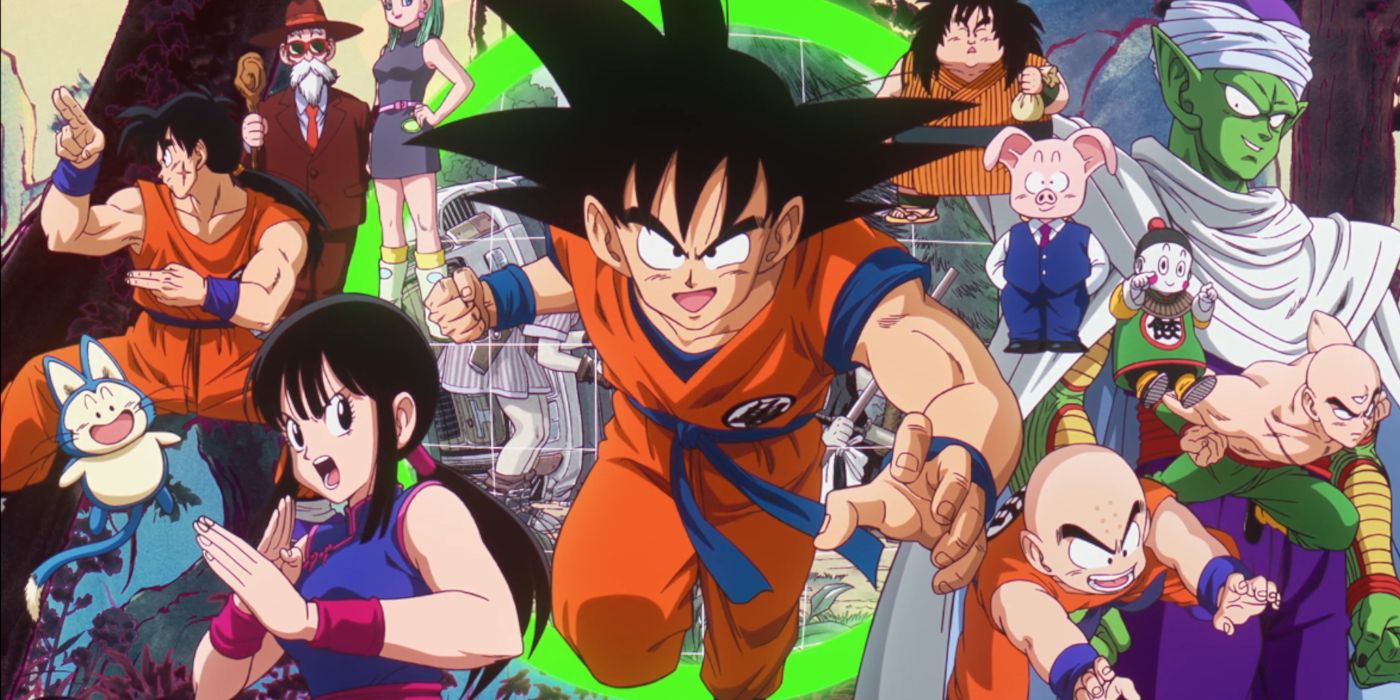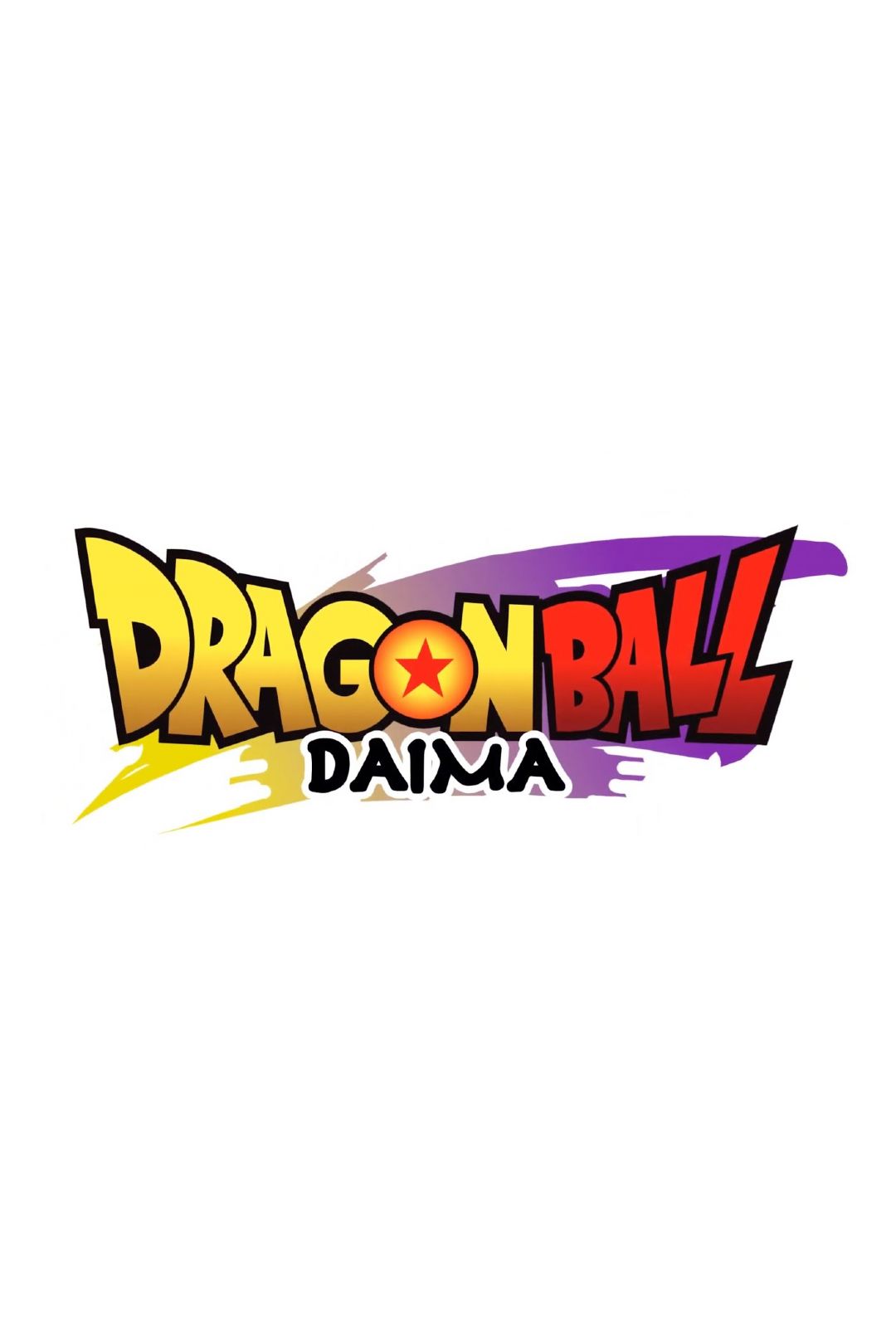[ad_1]
I don’t think I was ready for how wonderful Dragon Ball DAIMA has been as an anime, with its brilliant tribute to the worlds and characters of Akira Toriyama. Every episode is among my most anticipated event releases of the week, loaded to the brim with new details about a sprawling series of worlds to experience, with a distinctly humorous tone taken while turning its protagonist back into a child. But shrinking Goku in Dragon Ball DAIMA is more than just a way to de-power him; it’s a way for viewers to revisit the series with their inner child.
As a fan of the original Dragon Ball series over Dragon Ball Z and other iterations, I prefer the mixture of action, gag manga-style comedy, and adventure to the melodramatic, quasi-comedic spectacle of its future sagas. There’s nothing wrong with enjoying Dragon Ball Z, significantly since its popularity influenced the rest of the franchise’s chokehold on North American audiences with a legendary multimedia and merchandise presence. But Dragon Ball DAIMA explores what made the original series so great while granting generous portions of references to the broader Dragon Ball timeline, making it a special treatment worthy of the 40th Anniversary.
The Dragon Ball DAIMA Opening Signals Jovial, Joyful Adventure
Jaka Jaan Perfectly Recaptures Toriyama’s Energy
Following an increasingly significant trend of anime premieres revealing their opening theme in the end credits, Jaka Jaan, a collaboration between composer Zedd, vocal duo C & K, and lyricist Yukinojo Mori, is nostalgic gold for Dragon Ball DAIMA. In its lyrics, steady electronic beat, and cheerful delivery, there’s a sense of wonder and goofy, juvenile antics that tug on the heartstrings of adults like myself watching this series. It signals that the kid in me isn’t entirely gone and that I can feel a combined sense of joy and wonder in Dragon Ball DAIMA.
But even the series’ humor radiates with a childlike glee thanks to veteran Dragon Ball Z lyricist Yukinojo Mori, who also penned the lyrics of Cha-La Head-Cha-La. Lyrics talking about thousands of jabs and silly jokes while tossing around “whoopsie daisy” and “hee hee hee” feel sufficiently reminiscent of Dragon Ball’s true gag manga origins while simultaneously inviting me as the viewer on a new grand adventure. But even the animation of Dragon Ball DAIMA’s opening feels tailor-made for the viewer in mind as fans of Toriyama’s creation.
Dragon Ball DAIMA
isn’t merely about bringing Goku to new worlds but also about taking us as the audience with him.
The opening title sequence of Jaka Jaan revealed in episode #2 and onward, shows the first twenty-eight seconds seemingly in first-person POV, with what’s presumably Goku’s arms stretched outward, grasping at the Dragon Balls. What follows is a breezy interstellar trip through the gaping maw of DAIMA’s Warp-sama, a new character who is the gateway to the Demon Realm, where we’re treated to a bird’s-eye view of the vast world beneath before joining Goku and his friends. Dragon Ball DAIMA isn’t merely about bringing Goku to new worlds but also about taking us as the audience with him.
Dragon Ball DAIMA Keeps the Humor Alive for Longtime Fans
The Gag Manga Energy Returns
As I said before, I was a bigger fan of Dragon Ball than I ever was of Dragon Ball Z because I enjoyed the humor more than the rapid-fire fistfights of Goku’s adulthood. My favorite quote from Dragon Ball about Krillin’s nonexistent nose perfectly exemplifies the series’ grasp on its gag manga roots even as it pivots toward shōnen battle territory in the Tournament Saga. With Dragon Ball DAIMA, this silliness comes in moments like Goku’s fart jokes aboard Glorio’s plane in episode #3, Roshi carelessly using Goku’s Nyoibo as a clothesline in episode #2, or the recurring retcons.

Related
Dragon Ball Daima’s Timeline Placement Officially Confirmed In Episode #1
The Dragon Ball canon is already a contentious affair among fans, but Akira Toriyama’s world in Daima gets an important timeline update in episode #1.
Akira Toriyama is famous for his many retcons from the series, recognized by TV Tropes as the Hand Wave. This includes high-profile silliness in DAIMA, such as Shenron depriving Gomah of his second and third wishes under a previously nonexistent house rule that effectively resembles an “eternal dragon loyalty program.” Majin Buu is written to have his internal gases able to separate Potara Fusions, conveniently explaining Vegito’s separation and Kibito Kai’s in episode #1. These retcons made me laugh the first time they appeared because of how clever they are, even if Dragon Ball canon thus remains a moving target.
Dragon Ball DAIMA
doesn’t take itself seriously in tone, but in honoring its creator, it couldn’t be more loyal.
But most of all, I appreciated how unserious the tone of Dragon Ball DAIMA is, as despite a Demon Realm would-be despot shutting down all threats to his dominance, the humor is still alive. Goku’s first proper fight in the series is where he defends his hamburgers from being flattened in a bar fracas over his lack of Demon Realm heritage, where he thrashes his opponents with improvised weapons and demon beef hanging from his mouth. Dragon Ball DAIMA doesn’t take itself seriously in tone, but in honoring its creator, it couldn’t be more loyal.
Akira Toriyama’s Legacy Lives Beautifully in Dragon Ball DAIMA
Everything About It Shows Reverence for a Beloved Creator
I was shocked by how perfect the renditions of classic Dragon Ball Z moments were in the opening sequence of DAIMA episode #1. Cell, Gohan, and Buu never looked so jaw-dropping good. The renders of these characters felt the closest they’ve ever been to lifting Toriyama’s fantastic artwork straight from the page, with respect to the hardworking animators who brought the new series to life. There’s a reason why Toriyama’s designs are upheld the way they are, with even fellow veteran manga artists apologizing hilariously when they draw Dragon Ball characters incorrectly.
But it still feels authentic to Akira Toriyama’s worlds and characters, thanks to so many bits of lore for viewers who pay attention in every episode. It ties together the worlds and even universes of the various Dragon Ball media we grew up adoring as if to thank us for reading the manga, watching the anime, and more. The tasteful tribute at the end, though, with the bird shape forming a clear homage to Toriyama, with “Tori” meaning “Bird” and “Yama” meaning “Mountain,” is not lost to me or the viewers.
Viewers can quickly draw parallels between
Dragon Ball DAIMA’s
kid Goku plot and
Dragon Ball GT’s
, down to the price-gouging hotel in episode #3 for both shows, but
DAIMA
has been better-received by the fans.
Dragon Ball DAIMA may be the last Dragon Ball anime project to which Toriyama was attached before passing away. Still, it bears his stories and character designs in a way few other franchises could emulate. My favorite game of all time, Chrono Trigger, bears his legacy in its character designs, as does the Dragon Quest franchise. But as I look back at the lyrics of Jaka Jaan, specifically, “I wanna meet someone amazin’ again tomorrow,” I can’t help feeling that Dragon Ball DAIMA looks forward to a future brighter than the moon the moment Piccolo destroyed it.

Dragon Ball DAIMA is the fifth overall series in the action-adventure anime franchise. It features most of the classic cast members as de-aged versions of themselves, including Goku, Vegeta, and Bulma. The series was announced at NYCC 2023, with creator Akira Toriyama returning to handle DAIMA’s run.
- Seasons
- 1
- Writers
- Akira Toriyama
Source: TV Tropes
[ad_2]
Source link





